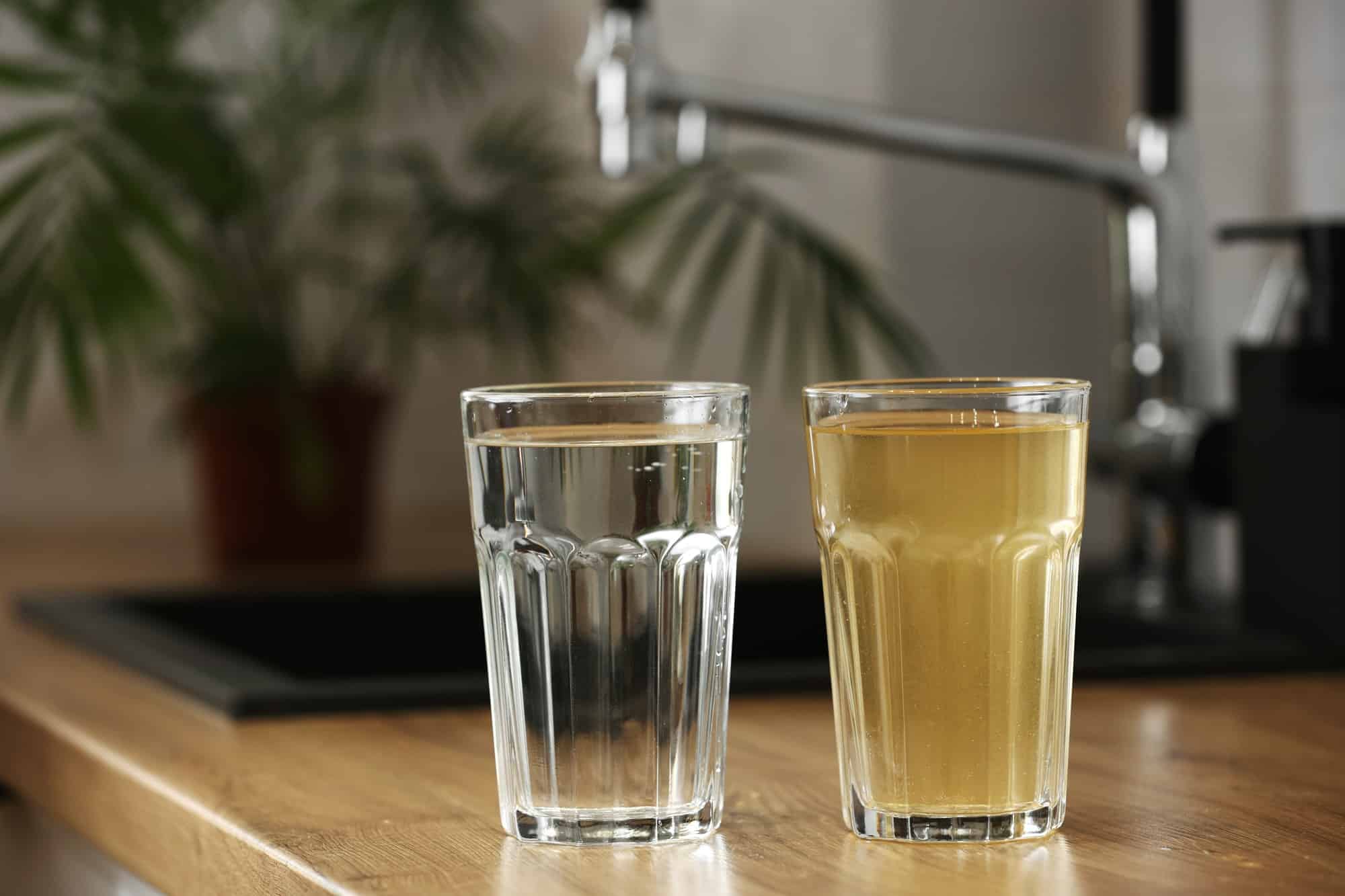How to Implement an Oil Filtration System for Extended Engine Life in a Toyota Hilux?

Maintaining a vehicle is an essential necessity. Among the various aspects of vehicle maintenance, changing the oil filter plays a crucial role in extending the longevity of the engine. Given your interest in vehicle maintenance, you may be curious about how to implement an oil filtration system for a Toyota Hilux. In this article, we will guide you through this process with a professional perspective. The steps discussed here will help enhance the performance of your vehicle, ensuring its engine runs smoothly for more miles.
Understanding the Importance of Oil Filters
Before we delve into the steps of implementing an oil filtration system, let’s first understand the importance of oil filters. Oil filters are a pivotal part of any vehicle, including the Toyota Hilux. They are responsible for removing impurities from the engine oil, fuel, and lubricating oil. Over time, contaminants can build up and clog the filter, leading to a decrease in engine performance and potentially causing damage.
A lire en complément : Can a Performance Steering Damper Improve Handling in a Jeep Grand Cherokee?
For a vehicle to perform optimally, the engine needs clean oil to lubricate its moving parts. By regularly changing the oil filter, you can ensure the engine receives clean oil, thereby enhancing its performance. Oil filters are usually located near the engine, and their location may vary depending on the model of the vehicle.
Identifying the Right Oil Filter for Your Toyota Hilux
Choosing a suitable oil filter for your vehicle is a critical task. The right filter will significantly improve the performance of your Toyota Hilux’s engine. There are several filters available on the market, but not all of them are compatible with your vehicle.
A lire également : What’s the Best Method to Reduce Engine Heat Soak in a Nissan GT-R During Summer?
When selecting an oil filter, consider its efficiency, capacity, compatibility, and construction quality. Filters with high efficiency can remove more contaminants. Additionally, a filter with a large capacity can hold more dirt before it needs to be replaced.
In the case of the Toyota Hilux, a widely recommended oil filter is the Amsoil Oil Filter. Amsoil filters are known for their high efficiency and capacity, providing excellent protection for your engine.
Changing Oil Filter: A Step-By-Step Guide
Once you’ve selected the right oil filter for your Toyota Hilux, the next step is the actual change. Changing your oil filter regularly, typically every 5000 to 7500 miles, will keep your engine running smoothly. However, this range can vary depending on the make and model of your vehicle and your driving habits.
Initially, identify the location of the oil filter in your Toyota Hilux. It will be situated near the engine. After locating it, the next step is to remove the old filter. Remember, it may be hot if the engine has been running recently, so be cautious.
After removing the old filter, clean the mounting base with a clean rag. This step ensures that the new filter fits properly. Apply a thin layer of oil to the new filter’s gasket to help seal it. Then, install the new filter. Be careful not to over-tighten it, as this could cause leaks.
Maintenance and Regular Checks
After successfully changing your oil filter, it’s essential to carry out regular checks and maintenance. Regular checks of the oil filter will help you detect any leaks or damages early on. If you notice the oil pressure dropping, it could be due to a clogged or damaged oil filter. It’s also advisable to check your vehicle’s oil level regularly. Low oil levels can cause your engine to work harder, leading to more wear and tear.
As part of your maintenance routine, also keep an eye out for changes in your engine’s performance. If your Hilux starts to consume more fuel than usual or if the engine doesn’t seem to be running as smoothly, it might be time for an oil filter change.
In addition, a key part of your maintenance schedule should be to keep track of when you last changed the oil filter. A good practice could be to mark the date and mileage of each change on your car’s service record.
Remember, an oil filtration system isn’t a static part of your vehicle. It requires regular checks and changes to keep your Toyota Hilux running at its best.
Conclusion
By now, you should have a firm grasp on implementing an oil filtration system for your Toyota Hilux. From understanding the importance of oil filters to finding the right one for your vehicle, changing it, and carrying out regular checks and maintenance, each step is crucial in prolonging the life of your Hilux’s engine. While these steps may seem daunting at first, with regular practice, they will become second nature. So, don’t hesitate to roll up your sleeves and get started on maintaining your vehicle’s health today. Happy motoring!
The Impact of Regular Oil Changes on Your Toyota Hilux
A crucial part of maintaining your Toyota Hilux is to perform regular oil changes. By doing so, you are not only enhancing the vehicle’s performance but also significantly prolonging the engine’s life. It’s important to understand that the engine is the heart of your vehicle. Therefore, keeping the engine oil clean becomes a necessity.
Over time, the engine oil can get dirty and thick, making it less effective in lubricating your engine’s parts. If this dirty oil isn’t changed regularly, it can lead to engine wear and tear, thus decreasing the vehicle’s lifespan. This where a high-quality oil filter comes into play.
Regarding the frequency of oil changes, it can depend on various factors. These include the type of vehicle, your driving habits, the kind of oil you use, and the environment in which you drive. However, a general guideline for Toyota Hilux owners is to change the oil every 5000 to 7500 miles.
While changing the oil, it’s also advisable to check the status of the air filter. A clean air filter enhances the flow of air into your engine, thus improving its overall performance. If you notice that your air filter is dirty during an oil change, it’s best to replace it immediately.
By maintaining a regular oil change schedule, you can ensure the smooth running of your Toyota Hilux and extend its service life.
Troubleshooting: Identifying Signs of Oil Filter Problems
Even with regular oil changes and maintenance, it’s possible to encounter some issues with your Toyota Hilux’s oil filtration system. Detecting these problems early can help prevent serious damage to your vehicle’s engine. Below are some signs that may indicate potential problems with your oil filter.
-
Decreased Oil Pressure: If you notice a drop in your vehicle’s oil pressure, it’s a sign that your oil filter may be clogged or damaged. A decrease in oil pressure means that the oil isn’t circulating properly, causing the engine to work harder. This can lead to increased wear and tear.
-
Increased Fuel Consumption: Another sign of a potential problem with your oil filter is increased fuel consumption. If your Toyota Hilux starts consuming more fuel than usual, it could mean that the oil filter isn’t functioning correctly, causing the engine to work harder and consume more fuel.
-
Unusual Engine Noises: If you start hearing unusual noises from your engine, it might be a sign of a problem with your oil filter. A clogged or damaged oil filter can cause the engine oil to become dirty, leading to inadequate lubrication and resulting in strange engine noises.
If you notice any of these signs, it’s best to inspect your oil filter and perform an oil change if necessary. Remember, detecting and addressing oil filter issues early can save you from costly engine repairs in the future.
Conclusion
Maintaining your Toyota Hilux and ensuring it runs smoothly involves more than just regular oil changes; it also includes maintaining a high-quality oil filtration system. Understanding the importance of oil filters, selecting the right one, changing it regularly, performing regular checks and maintenance, and identifying signs of potential problems are all steps that contribute towards this goal.
Remember, it’s not just about prolonging the life of your vehicle but also about ensuring a smooth and enjoyable driving experience. Now that you’re equipped with this knowledge, you’re ready to roll up your sleeves and take care of your Toyota Hilux like a pro. Happy motoring!
